Bamboo Flooring in Brazil
Dec 3, 2025, 9:20 AM
Bamboo flooring presents a unique blend of beauty and functionality, making it an ideal choice for Brazilian homeowners. Its natural aesthetic complements various interior styles, from contemporary to rustic, while its eco-friendly nature aligns with the growing awareness of sustainable living.
Bamboo flooring presents an exciting, sustainable option for homeowners in Brazil, offering a blend of beauty, durability, and affordability. With a variety of popular types and colors to choose from, consumers can easily find the perfect style to complement their homes. Addressing common concerns about durability, moisture resistance, and installation can empower homeowners to make informed decisions about their flooring choices.
As the demand for eco-friendly materials continues to grow, bamboo flooring stands out as a practical and aesthetically pleasing option for modern living in Brazil. Whether you’re in São Paulo, Rio de Janeiro, or Brasília, bamboo flooring offers a unique way to enhance your living spaces while contributing to a more sustainable future.
Popular Bamboo Flooring Types
1. Strand-Woven Bamboo
Strand-woven bamboo is one of the most durable flooring options available. This type is created by compressing shredded bamboo fibers under high pressure, resulting in a product that is significantly harder than traditional hardwoods. Strand-woven bamboo typically offers a Janka hardness rating between 2,000 and 3,000, making it resistant to scratches and dents. This durability makes it particularly popular in high-traffic areas, such as living rooms and hallways.
2. Horizontal Bamboo
Horizontal bamboo flooring is crafted from whole bamboo stalks cut horizontally. This type showcases the natural grain patterns and nodes of bamboo, offering a more traditional look. The thickness of the planks provides substantial durability while maintaining a warm aesthetic. Horizontal bamboo is favored for its classic appeal, making it suitable for both modern and traditional interiors.
3. Vertical Bamboo
Similar to horizontal bamboo, vertical bamboo flooring is made from whole stalks, but the strips are cut vertically. This design tends to produce a more uniform appearance, with a linear grain pattern that can create a sense of space in smaller rooms. Vertical bamboo flooring is popular among homeowners looking for a sleek and contemporary aesthetic.
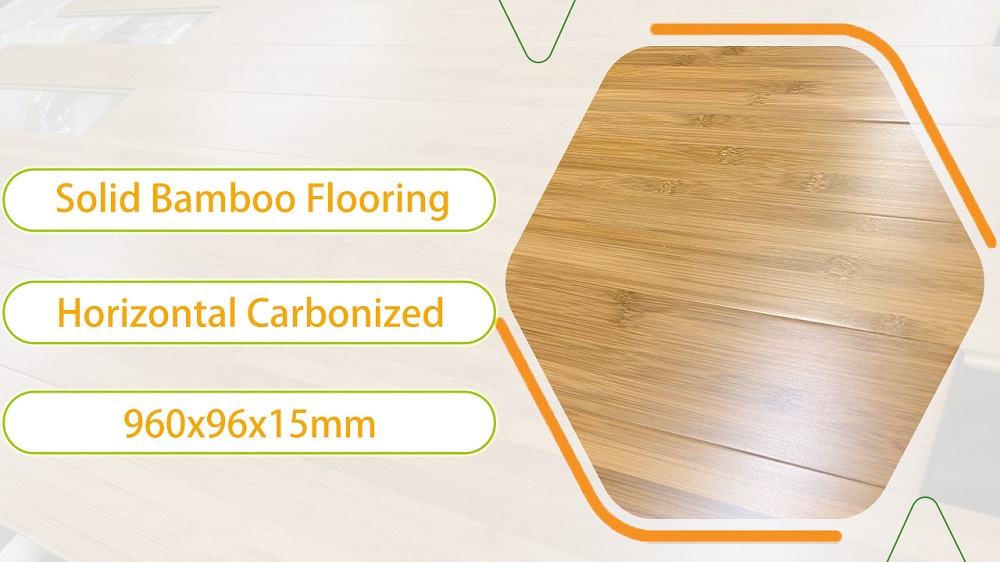


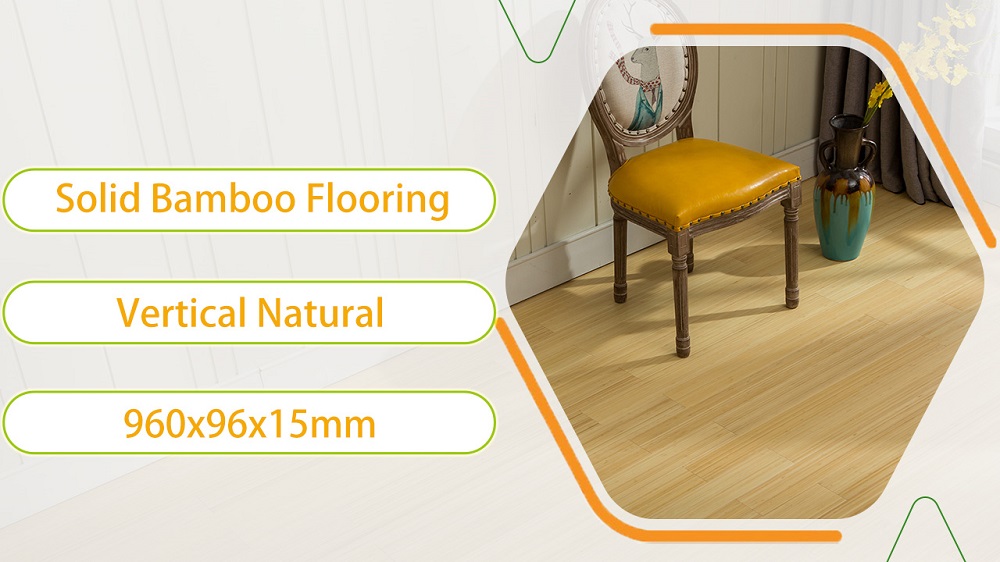

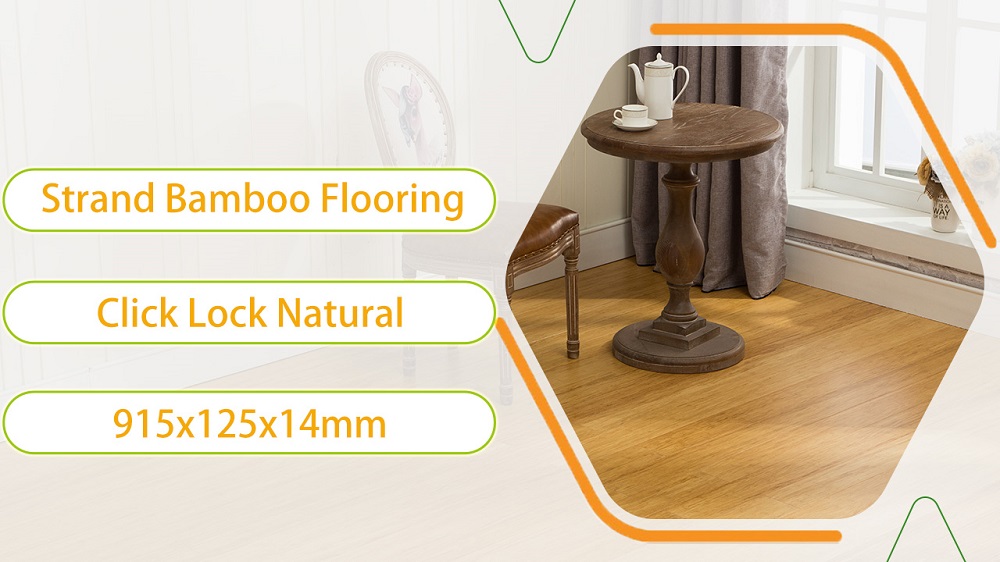
Popular Colors of Bamboo Flooring
The color options for bamboo flooring are diverse, allowing homeowners to choose styles that best fit their interior design preferences. Here are some of the most sought-after colors in Brazil:
Natural Bamboo
Natural bamboo retains its original light tan color, showcasing the inherent beauty of the material. This option is favored for its versatility, allowing it to complement a wide range of decor styles. Its light hue brightens spaces and creates a warm, inviting atmosphere.
Caramelized Bamboo
Caramelized bamboo is achieved through a heat treatment process, which enhances the color and makes the flooring slightly darker. This option provides a rich, warm tone that adds depth and character to any room. Caramelized bamboo is popular in urban areas like São Paulo and Rio de Janeiro, where modern aesthetics are combined with comfort.
Carbonized Bamboo
Carbonized bamboo undergoes a more intense heat treatment, resulting in a dark, rich hue. This option provides a striking contrast to lighter furnishings and can add a dramatic flair to any room. Carbonized bamboo is often chosen for its bold appearance, appealing to homeowners looking to make a statement.
Stained Bamboo
Stained bamboo flooring allows for even greater customization, as it can be treated with various stains to achieve desired colors. Common choices include gray, espresso, and whitewashed finishes. Stained bamboo is particularly popular among homeowners in Brasília, where contemporary design trends thrive.
Common Concerns Among End Users
While bamboo flooring offers numerous advantages, prospective buyers often have concerns that need addressing:
1. Durability and Scratch Resistance
One of the primary concerns for homeowners is the durability of bamboo flooring. While strand-woven bamboo is extremely durable, other types may be more susceptible to scratches and dents. Customers should always consider their lifestyle, especially if they have pets or children, when selecting the appropriate bamboo type.
2. Moisture Resistance
Humidity is a significant factor in many regions of Brazil, particularly in coastal areas. Homeowners often worry about bamboo’s susceptibility to moisture. Engineered bamboo is recommended for environments with high humidity, as it is designed to resist warping and damage.
3. Maintenance Requirements
Potential buyers frequently inquire about the maintenance of bamboo flooring. Bamboo is relatively low-maintenance compared to hardwood, but it does require care to maintain its appearance. Regular sweeping and occasional damp mopping with a gentle cleaner are recommended. Homeowners should avoid harsh chemicals that can damage the finish.
4. Installation Complexity
Many end users express concerns about the installation process. While bamboo flooring can be installed as a DIY project, hiring a professional is often recommended for optimal results. This is especially true for engineered bamboo, which may require specific installation techniques to ensure stability.
Recommended Installation Methods for Brazil
Choosing the right installation method can significantly impact the performance and longevity of bamboo flooring. Here are the most recommended methods suitable for the Brazilian market:
Glue-Down Installation
This method involves applying adhesive directly to the subfloor and then laying the bamboo planks on top. Glue-down installation is particularly effective for engineered bamboo, as it helps to secure the flooring in place and minimizes movement. This method is suitable for both concrete and wooden subfloors.
Nail-Down Installation
Nail-down installation is commonly used for solid bamboo flooring. This method involves nailing the planks to a wooden subfloor. While this installation method can be more labor-intensive, it provides a secure fit and is ideal for high-traffic areas.
Floating Installation
The floating method is becoming increasingly popular, especially for engineered bamboo. In this technique, the planks are not attached to the subfloor but rather interlock with each other. This allows for natural expansion and contraction, making it suitable for various climates. Floating installations are particularly favored in São Paulo, where urban living often results in more dynamic environments.
Regional Preferences
Different cities in Brazil exhibit unique preferences for bamboo flooring.
- São Paulo: Urban dwellers often opt for strand-woven or caramelized bamboo due to their durability and modern aesthetic. The fast-paced lifestyle demands flooring that can withstand wear while maintaining visual appeal.
- Rio de Janeiro: Homeowners here frequently choose natural and carbonized bamboo, aligning with the coastal environment. The lighter tones help to brighten spaces, creating an airy feel that complements the city's vibrant atmosphere.
- Brasília: As the capital, Brasília showcases architectural innovation, leading to a preference for engineered bamboo and stained options. The contemporary designs prevalent in the city encourage homeowners to experiment with various finishes and colors.
Global Links
Brazil Bamboo Flooring Colombia Bamboo Flooring Costa Rica Bamboo Flooring Panama Bamboo Flooring Mexico Bamboo Flooring 竹のフローリング
- Recent Posts

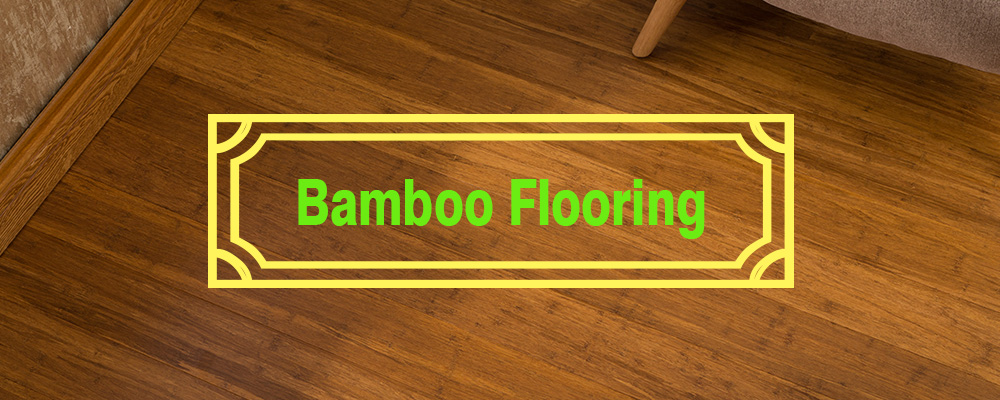


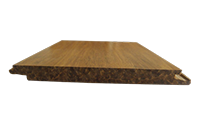
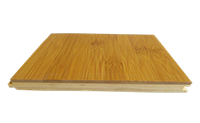
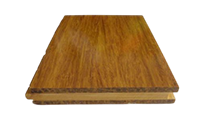
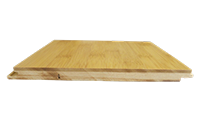
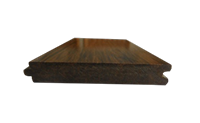


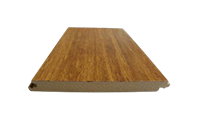
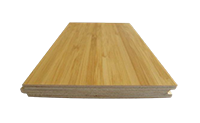

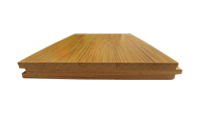

 皖公网安备 34180202000049号
皖公网安备 34180202000049号